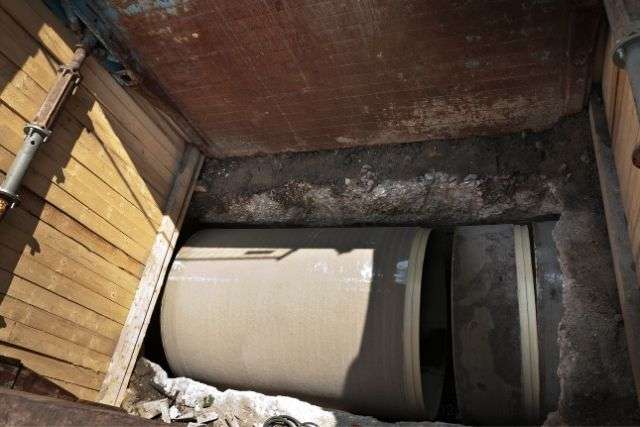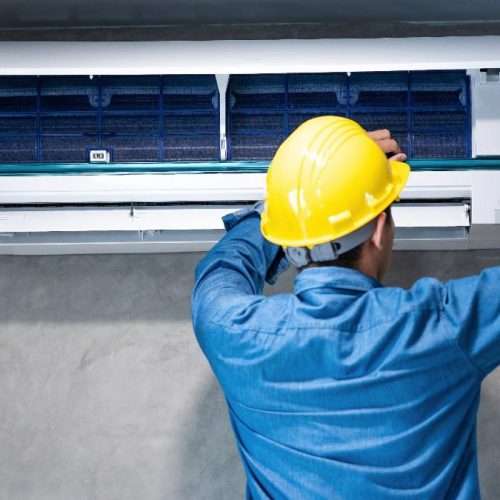Trenchless pipe repair for your sewer line can be an excellent way to complete a big job more easily. It can also be cost-effective and take less time, making it a popular option in many cases. However, before you choose a trenchless pipe repair, you want to make sure it’s the best choice for your specific job. There are some big pros to this method, but there are also downsides. When you consider both and talk to the pros, you can make the right choice.

A Trenchless Repair is Permanent
One of the biggest benefits is that trenchless repairs are permanent, but many people don’t realize that. Instead, they assume you must dig a trench and haul the old pipe out of the ground. Then a new pipe get installed, and the trench is filled in again. There are times when this is the best method or has to be done because there’s no other option. However, most of the time, there are ways to make a permanent and secure repair to a pipe without digging a big trench in the yard and causing a lot of damage to the grass or other plants.
These Kinds of Repairs are Faster
Another important benefit of trenchless sewer repair services is that they’re generally much faster. Digging a big trench and clearing the space around the pipe for workers to get to it takes a lot of time and effort, and the use of heavy equipment. This can add significant amounts of time to the job, increasing both frustration and cost. There’s no reason to drag out the time spent on repairs when they can be handled a lot faster with a trenchless method. Talking to the company doing the job will help you decide based on what they recommend for your needs.
It’s a Cost-Effective Option in Most Cases
In the vast majority of cases, trenchless repairs are less expensive. Because of the time involved in digging the trench and the heavy equipment and manpower needed, the cost can rise quickly. Fortunately, trenchless repairs save homeowners and business owners a lot of money. These require fewer people, less equipment, and less time, which all result in a lower total cost for the job. You’ll get a repair that’s just as good as a trenched one without the price.
There are several pipe repair methods that don’t require a trench, including:
- Slip-Lining
- Cured-in-Place
- Internal Coating
- Pull-in-Place
- Pipe Bursting
Each one of these is a valid way to provide a repair, and the option that works best for your needs will depend on the specific situation. That’s why it’s so important to work with professionals who handle trenchless pipe repairs as a big part of their business. They can help you get the right repair in your case so you can have peace of mind and get back to having a working plumbing system again.
Some Pipes Just Aren’t Salvageable
The largest (and only) con to trenchless repair is that it’s not always feasible. There are some cases when the pipe is too severely damaged to be repaired and fully replaced. Depending on the location and size of the pipe, as well as other factors, this generally means that a trench will need to be created.
Sometimes, the pipe bursting technique can be used to break up an old pipe so a new one can be slid into its place, but there are occasions when there’s no realistic way to use a trenchless method. Professionals can give you the best advice on your situation, so you can explore your options and correct the problem.






